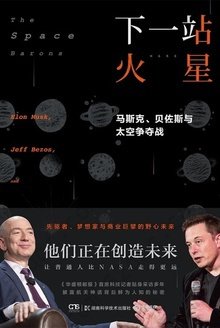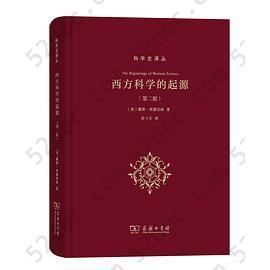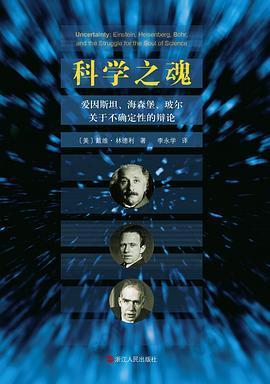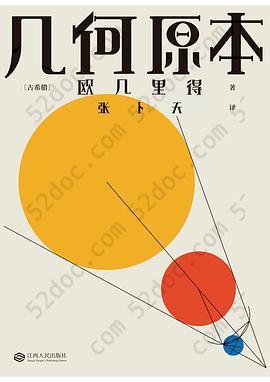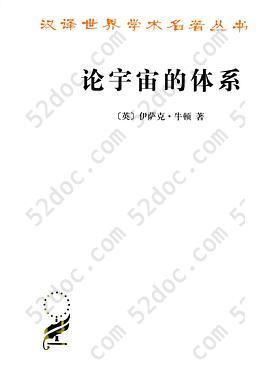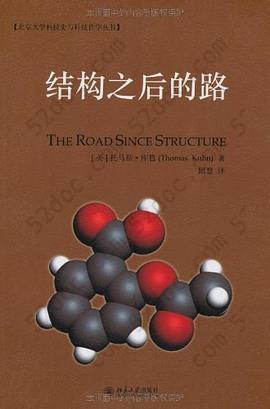注重体验与质量的电子书资源下载网站
分类于: 职场办公 设计
简介
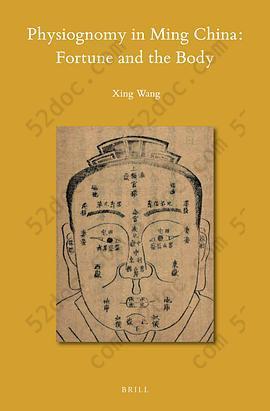
Physiognomy in Ming China: Fortune and the Body 豆 0.0分
资源最后更新于 2020-09-11 16:51:47
作者:Xing Wang
出版社:Brill
出版日期:2020-01
ISBN:9789004429543
文件格式: pdf
标签: 术数 EarlyModernChina 近世中国 Divination 英文书 科学史 海外中国研究 明清史
简介· · · · · ·
In Physiognomy in Ming China: Fortune and the Body, Xing Wang investigates the intellectual and technical contexts in which the knowledge of physiognomy ( xiangshu) was produced and transformed in Ming China (1368-1644 C.E.). Known as a fortune-telling technique via examining the human body and material objects, Xing Wang shows how the construction of the physiognomic body in m...
目录
Introduction 1
1 The Intellectual Context of Ming Physiognomy 25
1 The Categorisation of Physiognomic Knowledge in Chinese
History 27
2 The Textual Background of Physiognomy Manuals 34
3 The Intellectual Context of the Physiognomic Body 52
4 Conclusion 65
2 The Social Context of Physiognomy in the Ming 67 1 Physiognomy Practitioners 69
2 Practising Physiognomy 85
3 Social Perceptions of Physiognomy 103
4 Conclusion 109
3 The Physiognomic Conceptualisation of the Cosmos 112
1 Materiality and the Meanings of ‘Things’ in a Physiognomic
Cosmology 113
2 The Physiognomy of Things and the Perception of the Cosmos 118
3 The Physiognomy of Characters as a Bodily and Cosmic Process 138
4 Conclusion 145
4 The Physiognomic Conceptualisation of the Body Microcosm 147 1 The Topology of Fortune 149
2 The Head and the Face: Microcosm of a Microcosm 154
3 Different Systems of the Facial Microcosm 162
4 Microcosms Beyond the Head 172 5 Conclusion 174
5 The Physiognomic Conceptualisation of Human Physiology 176
1 The Physiognomy of the Formed and Formless Body 177
For use by the Author only | © 2020 Koninklijke Brill NV
vi Contents
2 The Physiognomy of Pulses 197
3 Physiognomy of Gendered Body 207
4 Interactions with Medical Knowledge and Practices 213
5 Conclusion 216
6 Categorising the Body and Interpreting Fortune 217
1 Categorising the Body for Fortune-telling 217
2 Differentiating Fortune in Gender and Body Growth 232 3 Exceptions in Body Categorisations 242
4 Conclusion 258
7 Cultivating the Body and Changing Fortune 260 1 The Paradox of Predestined Fortune 261
2 Cultivation and the Changing Fortune 268
3 Conclusion 276
Conclusion 278 Bibliography 289
Index 321
1 The Intellectual Context of Ming Physiognomy 25
1 The Categorisation of Physiognomic Knowledge in Chinese
History 27
2 The Textual Background of Physiognomy Manuals 34
3 The Intellectual Context of the Physiognomic Body 52
4 Conclusion 65
2 The Social Context of Physiognomy in the Ming 67 1 Physiognomy Practitioners 69
2 Practising Physiognomy 85
3 Social Perceptions of Physiognomy 103
4 Conclusion 109
3 The Physiognomic Conceptualisation of the Cosmos 112
1 Materiality and the Meanings of ‘Things’ in a Physiognomic
Cosmology 113
2 The Physiognomy of Things and the Perception of the Cosmos 118
3 The Physiognomy of Characters as a Bodily and Cosmic Process 138
4 Conclusion 145
4 The Physiognomic Conceptualisation of the Body Microcosm 147 1 The Topology of Fortune 149
2 The Head and the Face: Microcosm of a Microcosm 154
3 Different Systems of the Facial Microcosm 162
4 Microcosms Beyond the Head 172 5 Conclusion 174
5 The Physiognomic Conceptualisation of Human Physiology 176
1 The Physiognomy of the Formed and Formless Body 177
For use by the Author only | © 2020 Koninklijke Brill NV
vi Contents
2 The Physiognomy of Pulses 197
3 Physiognomy of Gendered Body 207
4 Interactions with Medical Knowledge and Practices 213
5 Conclusion 216
6 Categorising the Body and Interpreting Fortune 217
1 Categorising the Body for Fortune-telling 217
2 Differentiating Fortune in Gender and Body Growth 232 3 Exceptions in Body Categorisations 242
4 Conclusion 258
7 Cultivating the Body and Changing Fortune 260 1 The Paradox of Predestined Fortune 261
2 Cultivation and the Changing Fortune 268
3 Conclusion 276
Conclusion 278 Bibliography 289
Index 321


